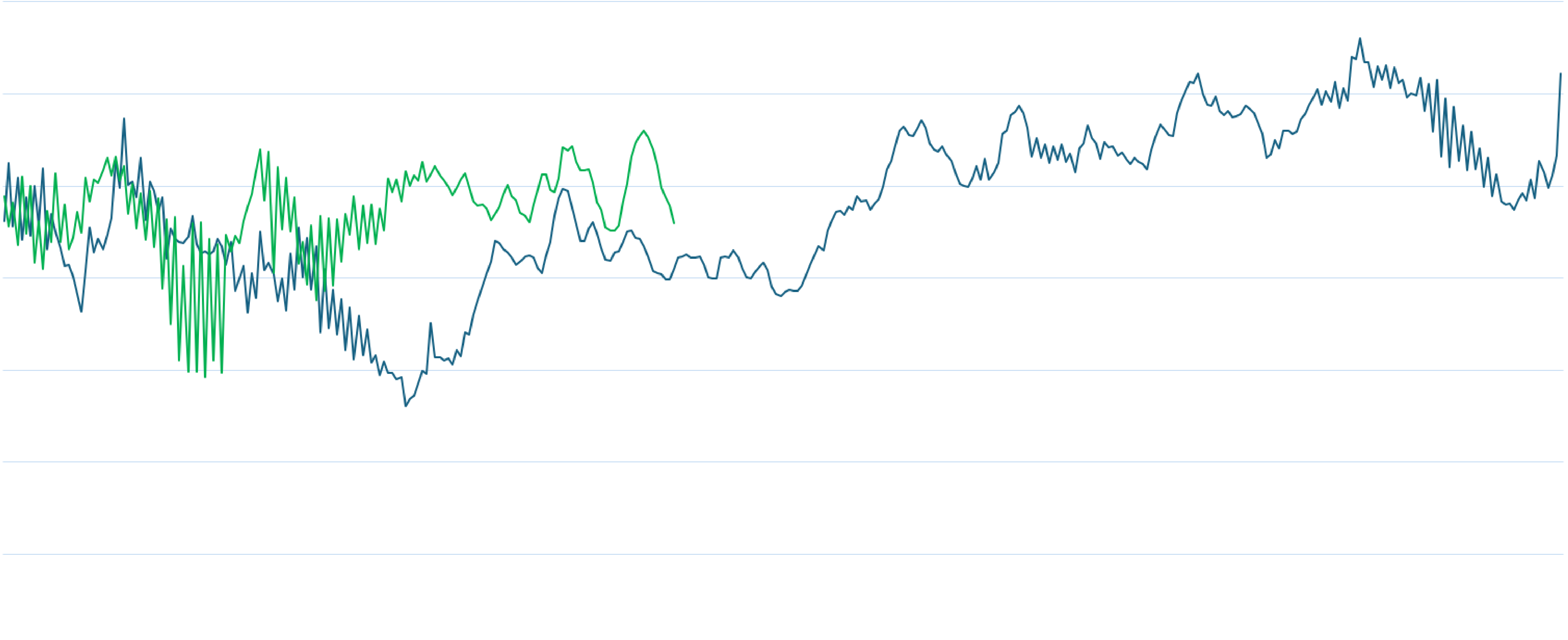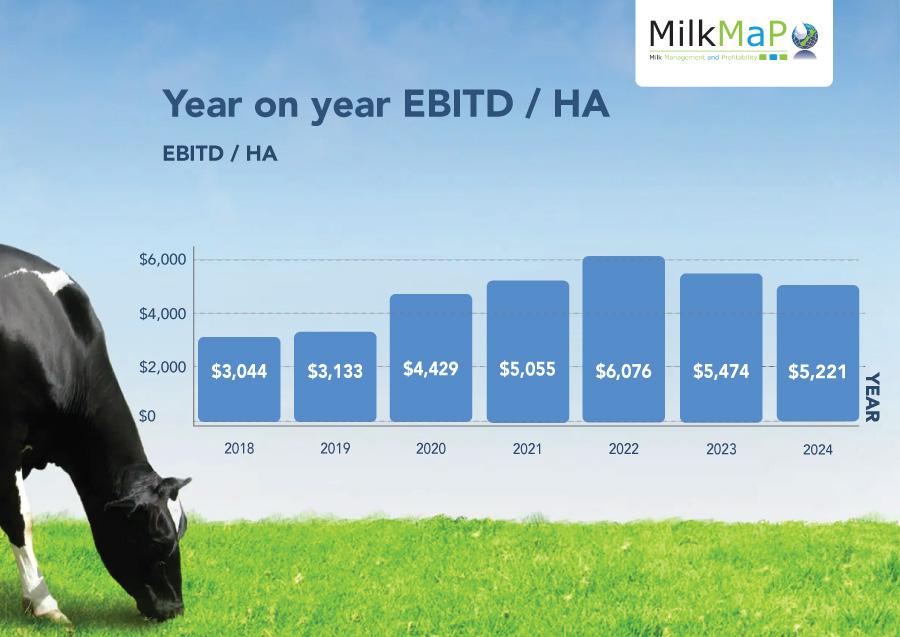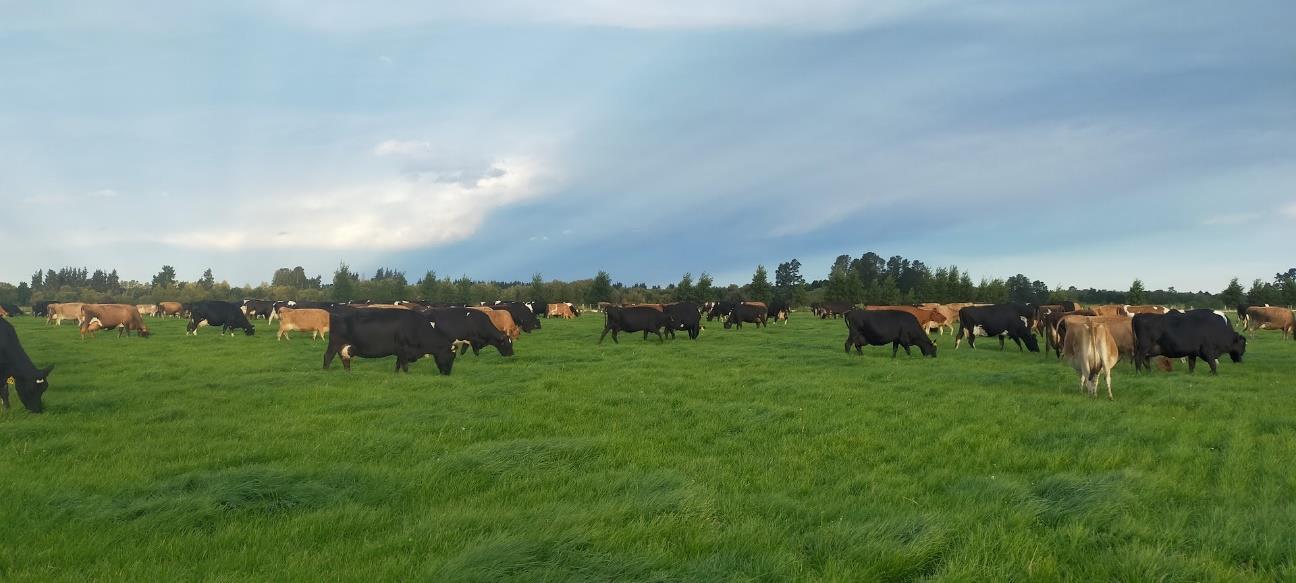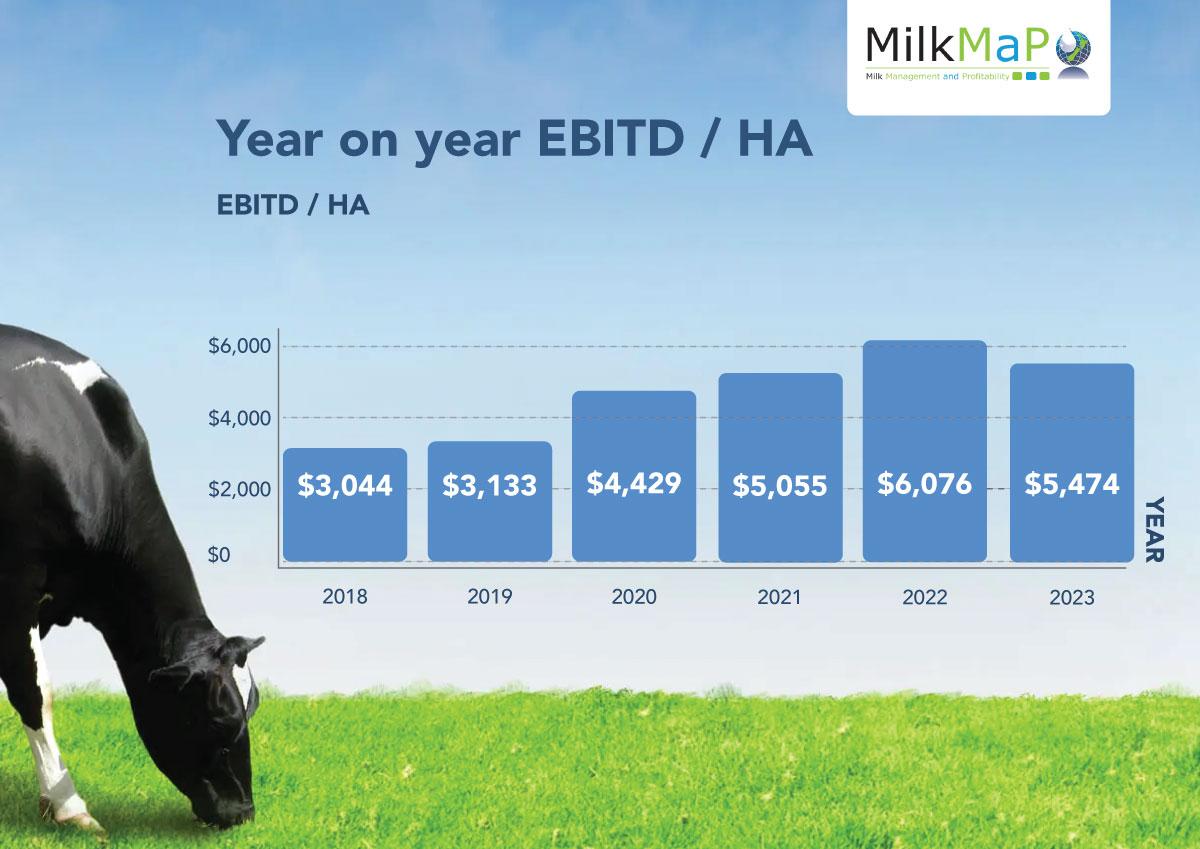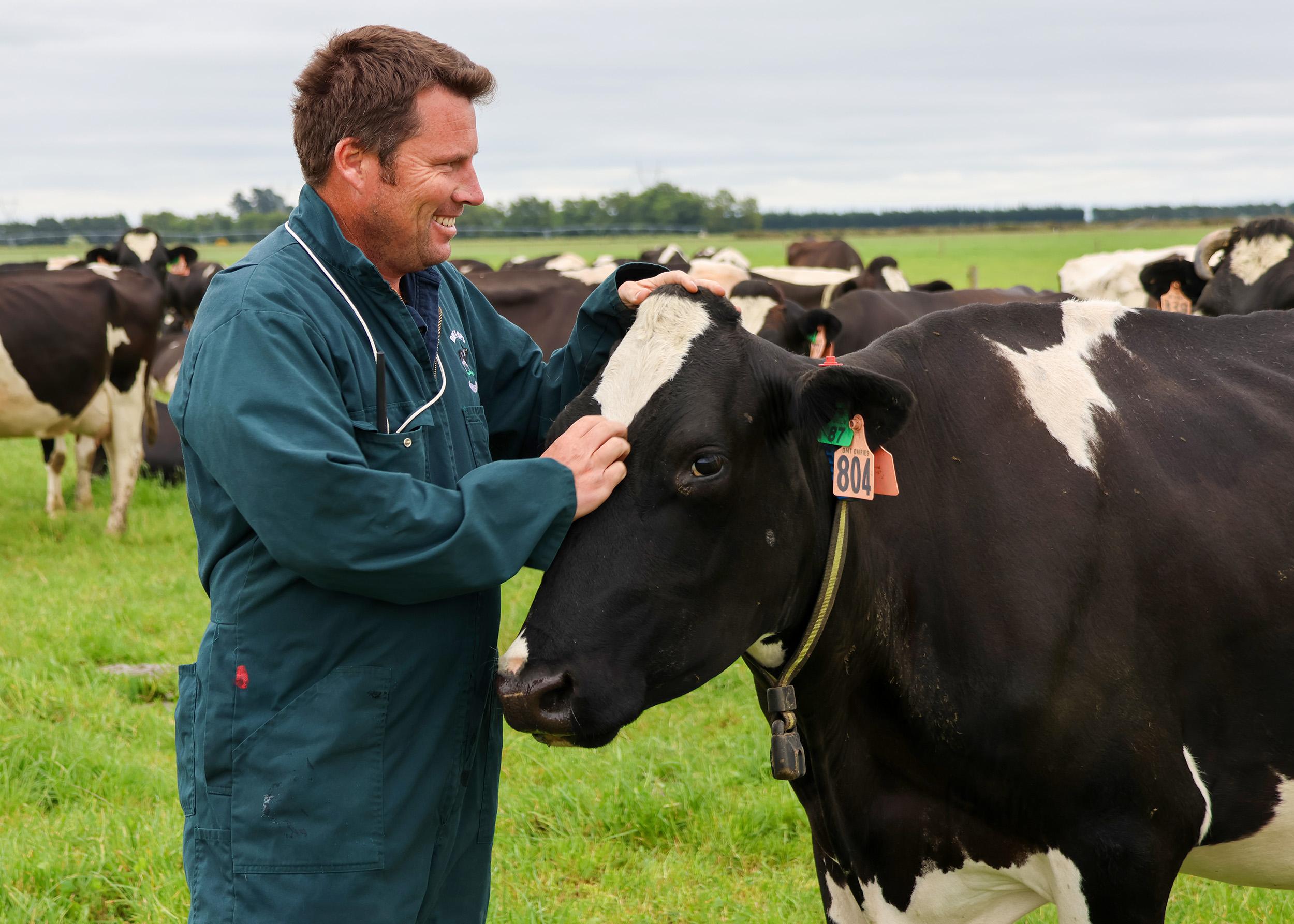History has proven that MilkMaP Consulting’s incendiary style when it entered New Zealand to roars of industry condemnation 15 years ago, was right.
Led by Neville Prendergast, MilkMaP has unapologetically pushed hard against historical attitudes, challenging New Zealand farmers with strategic and fresh thinking to fully feed their cows.
It was neither popular nor easy at the start to stand against the country’s powerful rank and file at field days and farm walks – including the bank managers and accountants – because that takes a special kind of spine and self-belief.
However, Neville has never been short of a backbone and he said to have MilkMaP sitting on the “right side of history” is now “incredibly validating”. Their clients continue to excel, and the industry’s slow-moving axis has begun turning in reluctant acknowledgement.
“Right from the start we were all about more milk from less cows,” Neville said. “And we’ve been on that from day dot.
“New Zealand used to be about putting more cows on instead of getting more out of the cows we had. It was inefficient, and that school of thought has now become an environmental issue.”
SYSTEMS 4-5 UP $1100/ HA
MilkMaP includes a focus on “milk”, “management”, and “profitability”, by analysing clients’ cost structure, and the impact of any proposed feeding or stocking-rate changes.
This year’s numbers clearly tell Neville that additional and mindful production per cow dilutes overhead costs, and drives profit.
Dairy NZ’s Economic Farm Survey reported that on the 2019/20 season milk price, System 4-5 farms achieved almost $1100 more per hectare than the farms on System 1-2 feeding.
To achieve a more profitable system fully feeding cows at feeding Systems 3-5, Neville said the milk price needs to be above $5/kg milk solids (MS). The 10-year average milk price in New Zealand is $6.26/kg MS (2010-20), while the five-year average is $6.05/kg MS.
Neville said many people initially misunderstood MilkMaP’s philosophy, which is anchored by five pillars:
1. Fully fed cows (that are achieving optimal rumination).
2. Grass is king (complemented by supplements at different times in the season).
3. Neutral Detergent Fibre (NDF) influences intake (because different feedstuffs have different NDFs, which allow for different total dry matter intake).
4. Yield dilutes fixed costs (something banks and accountants have been slow to understand).
5. Strategic budgeting and proactive monitoring so there are no surprises at the season’s end.
MORE PER-COW CAPACITY TO BE FOUND
Neville said it’s been a long time coming, but it’s been worth the wait.
“When we started off, our detractors thought we were only about high feed inputs and said we would never last. I’m happy to report that they were wrong.
“Our story has always been about fully feeding cows, not about putting a heap of supplements in.
“And, as soon as the industry understands what we’re trying to achieve, the better it will be. It needs to stop thinking of it as spending money on feed and start realising that it’s about fully feeding the cows, and using your concentrates smarter.
“We’re all going to have to reduce our herd sizes, and everyone is scared that they don’t know how to get more milk from less cows. But, it is possible.
“There is so much more production capacity in our herds out there,” Neville said.
FINANCIAL ADVISERS WILL BE SHOCKED
One thing MilkMaP has been happy to stand on a soapbox about is that yield dilutes fixed costs. Neville strongly advises against compromising on feeding cows.
“When payouts have been challenging, what we’ve come up against is that bankers and accountants want the farmers to cut their feed costs, because that’s their biggest spend.
“But what happens when they do that is that their production goes down, and their potential to dilute their fixed overheads is compromised.
“They then haven’t got the revenue to pay the bills.
“The gap we’re now seeing between Systems 3-5 versus Systems 1-2 in terms of the financial gain should send bankers and any other financial guys who say ‘don’t spend money on feed’ into a tailspin.
“I’m telling you right now: the figures coming out on this very subject for this current season will blow people’s minds when they see what can be achieved when you fully feed cows properly.
“We’re not saying put feed in for the sake of it. You need to know what you’re feeding. But that statement that ‘yield dilutes cost’ means that if cows are working
close to, or at, their potential, it will lift production per hectare. That, in turn, means we can generate more milk from fewer cows, which creates a more efficient system.
“If you own a farm, your investment is in your land. We measure profitability against the hectares, because it can be misleading to use farm working expenses on a per kilogram of MS as the only measure of profitability. We instead consider the EBITD/ha [earnings before interest, tax, and depreciation]. If you have a big mortgage, you need to know if you’re performing on that basis.”
Neville said their clients had ultimately proven the theory.
“We’re so lucky in New Zealand to have this grass base, but it’s not consistent all year. If we want to get more production out of the cows, we’ve got to use other feeds with the right NDF to punch up their total energy intake – because the right supplements elevate – not substitute grass, and that flows through into a beautiful story.
“We’ve been trying to educate people this whole time that you can fully feed cows and be very profitable doing it.”
‘FOLLOW AND KNOW’ NOT ‘WAIT AND HOPE’
Neville said they had also put significant detail into MilkMaP’s budget software so that their farmers are in the driver’s seat.
“First and foremost we have to look after the cows. At MilkMaP we’re ‘cowcentric’, and we want the cows to be fully fed and happy, so they can be really efficient and drive bottom-line profit.
“Many of the reports out there, simply do an ME [metabolisable energy] calculation and look at the expenses. Truthfully, that’s the easy part,” Neville said.
“When we’re doing the financial budgets, our software takes into account the biology of the cow, which allocates ME to off-set any challenges she faces throughout the year. The ME left gives us extremely accurate budgeted daily milk target for the whole season.
“That is monitored through a 10-day report which is sent to all major decision makers on the farm on a weekly basis.
“We’re very proud that across our client base last season, the actual milk produced was 98.1% of their budgeted milk production.
“The software also tracks the farm’s budget. Because what is the point of having a budget if you’re way off it?
“We are very proactive about keeping working expenses under control because there is no reason why you should be behind in your budget at the end of the year when there has been ample opportunity to address any unexpected challenges with our support.”
SHARING THE KNOWLEDGE
Neville’s passion for spreading their five pillars of dairying has led MilkMaP to host Dairymaster training courses to share their knowledge. They are committed to running eight courses a year, and have completed 37 so far throughout the country.
“What we are missing in New Zealand is that we are really good at growing grass. But, not at understanding how we turn it into milk.
“Ultimately, farmers get paid for the milk they produce, not the grass that they grow. And we wanted everyone to understand the financial consequences of that – with or without – the strategic use of supplements.
“The thing that really gets me excited about this industry is the math of it all,” Neville said. “What you put in is exactly what you get out whether it be in milk production or growth. We feed as much grass as we can all year round, and then fill the cows up strategically with an eye on our money story.”
Neville believes the potential of many good cows is wasted in New Zealand every season if they do not calve in with a good enough body condition score. He said those cows not only fail to achieve the production peak they are capable of, they are also chasing their tails to build enough weight during early lactation to get back in-calf within the short time frames they are afforded.
He said, “How many cows in New Zealand are standing in the paddock at 11am with nothing to eat until the afternoon milking when they get their evening break? What is that achieving?”
SUCCESSFUL DAIRYING WITHIN REACH
Neville has put a lot of skin into the game over a number of years, and he remains defiant and focussed. He said ultimately successful dairying within New Zealand is hiding in plain sight.
“The rest of our industry has put an unnecessary handbrake on the amount of capacity this country can produce in the way of milk,” he said.
“I’m passionate about dairying in New Zealand.
“I think we can do a lot better by our cows and, in doing so, our farmers will not only be more profitable, they will be better stewards of their land.”



